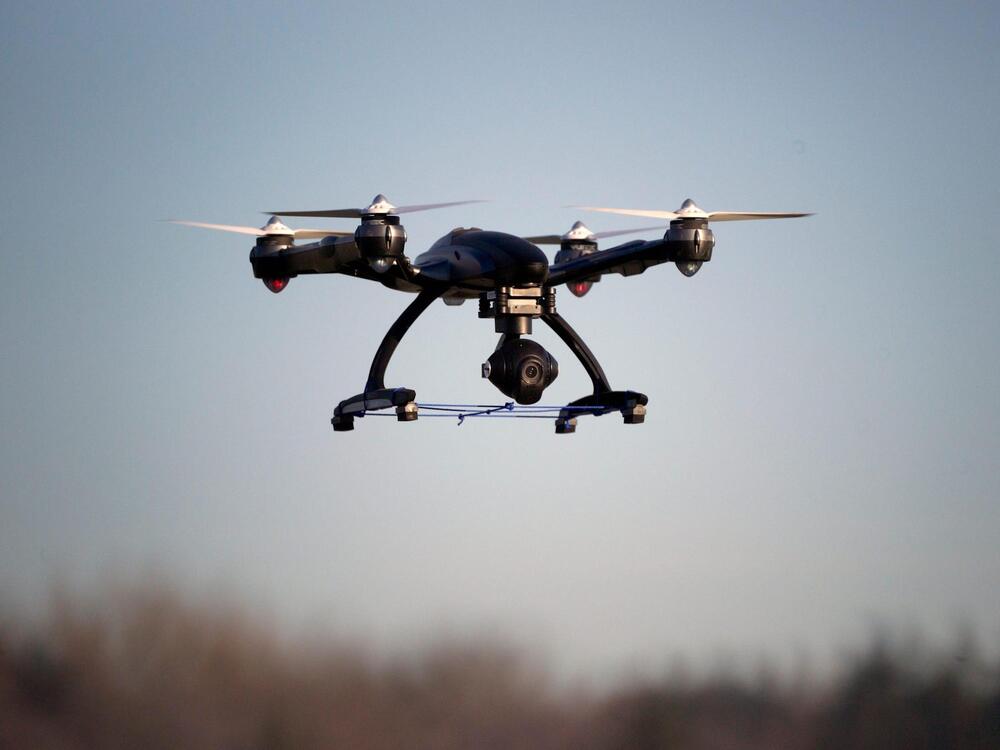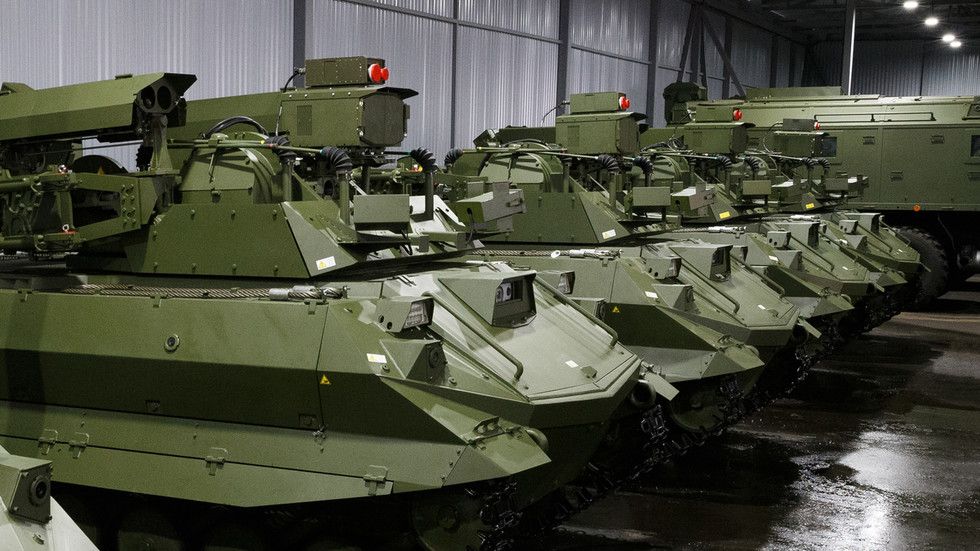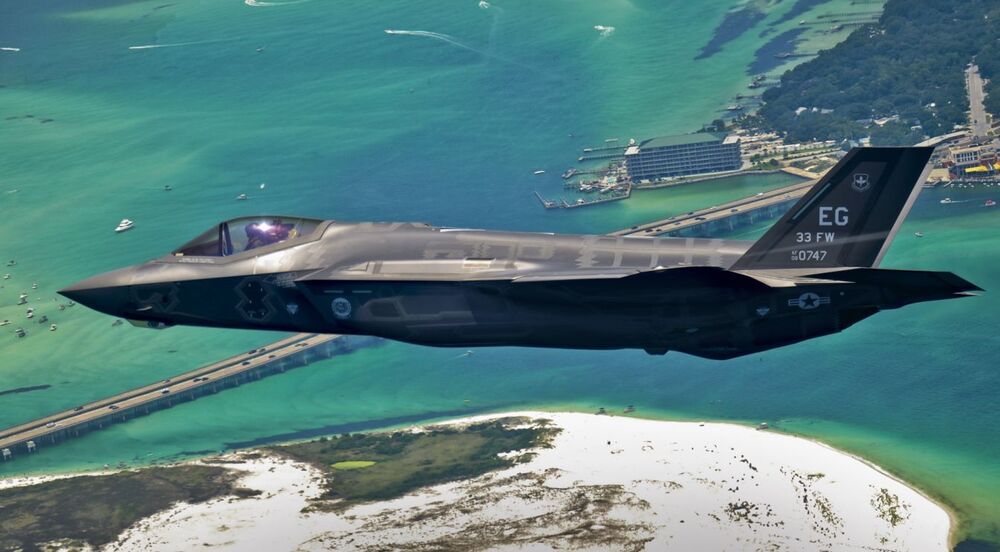Oh, joy. You can take the drone out of 2020, but you can’t take the 2020 out of the drone.
A “lethal” weaponized drone “hunted down a human target” without being told to for the first time, according to a UN report seen by the New Scientist.
The March 2020 incident saw a KARGU-2 quadcopter autonomously attack a human during a conflict between Libyan government forces and a breakaway military faction, led by the Libyan National Army’s Khalifa Haftar, the Daily Star reported.
The Turkish-built KARGU-2, a deadly attack drone designed for asymmetric warfare and anti-terrorist operations, targeted one of Haftar’s soldiers while he tried to retreat, according to the paper.







